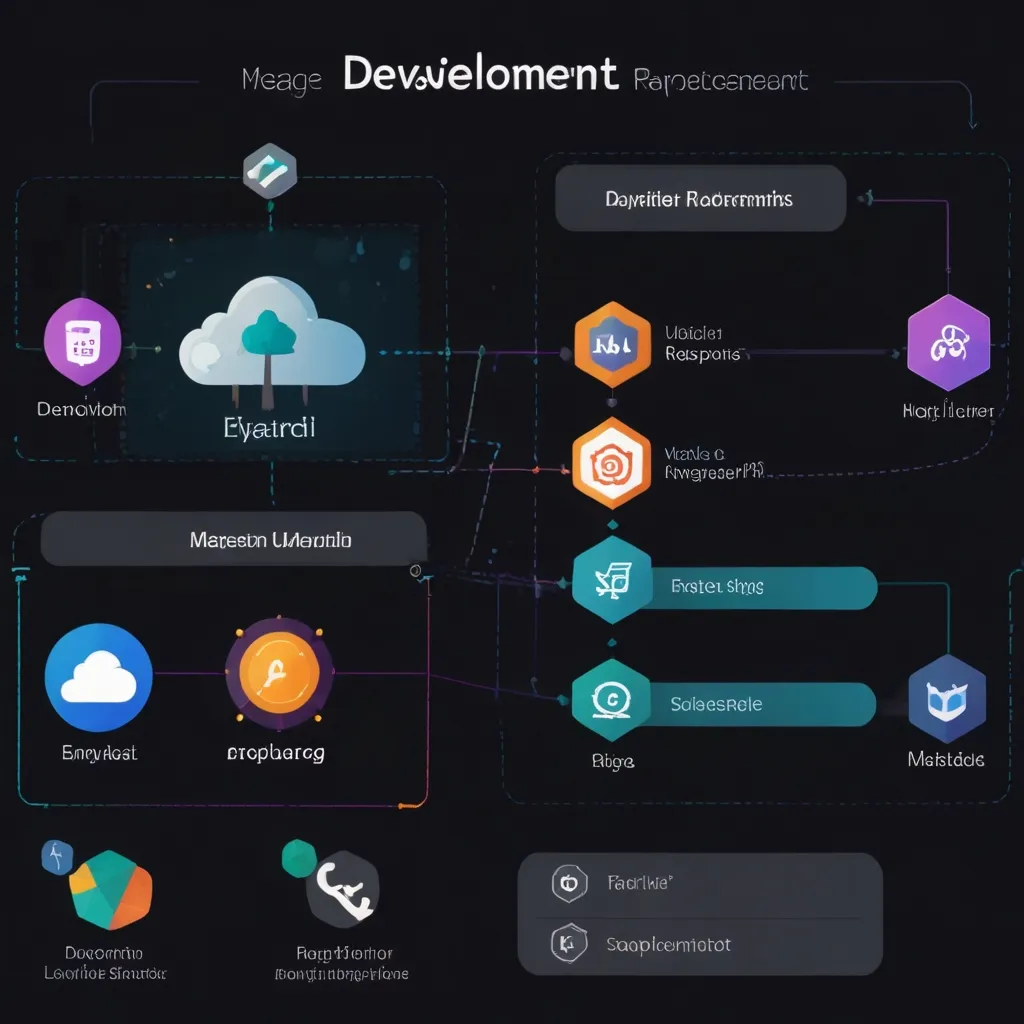In the Java development sphere, a relatively fresh framework has been catching a lot of eyes: Micronaut. Emerging in 2018, Micronaut is a modern, Java Virtual Machine (JVM)-based full-stack framework that’s perfect for crafting modular, easily testable microservices. If you’ve worked with Spring or Grails but find yourself longing for a more lightweight, reactive option, Micronaut could be your new best friend.
One of the coolest aspects of Micronaut is its focus on ahead-of-time (AOT) compilation using GraalVM. Unlike the old-school method where your code gets compiled during runtime, Micronaut does this heavy lifting at build time. The result? Super speedy startup times and a performance boost that’ll have your app zipping along like it’s had one too many espressos.
Another standout feature is its compile-time Dependency Injection (CDI). While traditional DI frameworks bog things down with runtime reflection and proxy generation, Micronaut nails down dependencies during compile-time. This means no runtime fluff slowing you down, letting your app run faster and start quicker.
Micronaut’s compatibility with Java, Groovy, and Kotlin is another feather in its cap. Teams working with multiple languages can mix and match as they please. Imagine having a microservice in Groovy, another in Kotlin, and yet another in good ol’ Java—all playing nicely together in the same ecosystem. Plus, there are whispers of future support for Scala, which could make this framework even more versatile.
If you’re developing with the cloud in mind, Micronaut is practically built for you. It’s inherently cloud-native and comes with built-in support for things like service discovery, distributed tracing, and cloud runtimes. This makes it an excellent choice for whipping up microservices and serverless apps that need to be super responsive and scalable.
Micronaut also boasts a lightning-fast, non-blocking HTTP server based on Netty. This allows for high-performance, asynchronous processing of HTTP requests, which is crucial for modern web applications. Crafting a REST controller in Micronaut is a breeze:
import io.micronaut.http.annotation.Controller;
import io.micronaut.http.annotation.Get;
import java.util.Collections;
import java.util.Map;
@Controller("/hello")
public class HelloController {
@Get
public Map<String, String> index() {
return Collections.singletonMap("message", "Hello World");
}
}
See? Simple and effective. If calling other microservices is on your agenda, Micronaut’s declarative HTTP client makes the process seamless:
import io.micronaut.http.annotation.Client;
import io.micronaut.http.annotation.Get;
import reactor.core.publisher.Mono;
@Client("/hello")
public interface HelloClient {
@Get
Mono<String> hello();
}
This setup lets you easily consume the hello endpoint and snag the response with minimal fuss.
One area where Micronaut really shines is in testing. The built-in testing framework is robust and user-friendly. Here’s how you can write a test for the HelloController:
import io.micronaut.test.extensions.junit5.annotation.MicronautTest;
import org.junit.jupiter.api.Test;
import static org.junit.jupiter.api.Assertions.*;
@MicronautTest
class HelloControllerTest {
@Test
void testHelloWorldResponse(HelloClient client) {
assertEquals("{\"message\":\"Hello World\"}", client.hello().block());
}
}
This ensures your HelloController does exactly what you want it to do—no surprises there.
Getting your config settings in order can be a pain, especially with multiple environments to consider. But Micronaut simplifies things by allowing you to pick up configuration parameters from a variety of sources, including property files, environment variables, and Java system properties. Need something a bit more custom? Implement the PropertySourceLoader interface and you’re good to go.
Here’s a snippet to configure your app using a file:
import io.micronaut.context.annotation.ConfigurationProperties;
@ConfigurationProperties("app")
public class AppConfig {
private String message;
public String getMessage() {
return message;
}
public void setMessage(String message) {
this.message = message;
}
}
This way, you can inject these properties into your controllers or services with ease.
When it comes to service discovery, which is crucial for any microservice architecture, Micronaut includes built-in support for tools like Consul or the Spring Cloud Config server. This makes it a breeze for your microservices to register and discover each other, simplifying management in a distributed system.
Security and observability are big deals in cloud-native applications, and Micronaut doesn’t skimp here either. It supports distributed tracing tools and offers built-in security features to keep your apps secure and compliant with industry standards.
Documentation can be a headache, but Micronaut makes generating API docs using OpenAPI (formerly Swagger) simple. This helps you document everything thoroughly and makes sharing your APIs a much smoother process.
To see Micronaut in action, let’s build a basic e-commerce system with three microservices: products, orders, and a gateway service.
First, the product microservice using Groovy:
import io.micronaut.http.annotation.Controller
import io.micronaut.http.annotation.Get
@Controller("/products")
class ProductController {
@Get
def index() {
["product": "Micronaut Book"]
}
}
Next, the order microservice in Kotlin:
import io.micronaut.http.annotation.Controller
import io.micronaut.http.annotation.Get
@Controller("/orders")
class OrderController {
@Get
fun index(): Map<String, String> {
mapOf("order" to "Order #123")
}
}
Finally, the gateway service in Java that pulls it all together:
import io.micronaut.http.annotation.Controller;
import io.micronaut.http.annotation.Get;
import io.micronaut.http.client.annotation.Client;
@Controller("/gateway")
public class GatewayController {
@Client("/products")
private ProductClient productClient;
@Client("/orders")
private OrderClient orderClient;
@Get
public Map<String, Object> index() {
Map<String, Object> response = new HashMap<>();
response.put("product", productClient.index());
response.put("order", orderClient.index());
return response;
}
}
This setup creates a robust, modular system where each piece plays its part while integrating perfectly.
So, is Micronaut worth a look for your next project? Absolutely. With its innovative features like AOT compilation and compile-time DI, plus exceptional cloud support, Micronaut is geared up for high-performance, scalable application development. Whether you’re building a simple REST API or diving into a complex microservice architecture, Micronaut offers the tools and flexibility you need to create something amazing. And with its straightforward setup and rich documentation, it won’t take long before you’re up and running, making your next big idea a reality.






